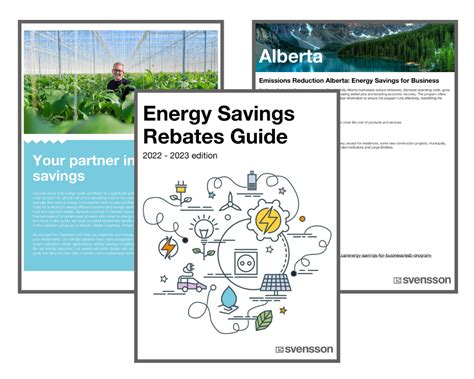Unlock Savings: How Energy.gov’s Rebates Help You Go Green
In a world where energy consumption continues to rise, the push for sustainable practices has never been more crucial. With rising energy costs and the global need for eco-friendly solutions, many people are searching for ways to reduce their energy bills while also minimizing their environmental impact. One effective way to achieve this is through the rebates offered by Energy.gov. These rebates incentivize energy-efficient practices and can significantly lower costs associated with modernizing homes and businesses.
Understanding Energy Rebates
Energy rebates are financial incentives provided by governments, utility companies, and organizations to support energy-saving projects. They are designed to encourage consumers to adopt energy-efficient appliances, renewable energy systems, and smart home technologies. Through these programs, homeowners and businesses can receive significant savings that make going green more accessible than ever.
Types of Rebates Available
Energy.gov offers a variety of rebates aimed at different aspects of energy efficiency. Here are some common types:
- Appliance Rebates: Many appliances consume a large amount of energy. Rebates are often available for energy-efficient models of refrigerators, washing machines, and other household items.
- Home Improvement Rebates: Upgrading insulation, windows, and heating systems can significantly reduce energy consumption. Rebates can help offset the costs of these improvements.
- Renewable Energy Incentives: Programs that promote solar panels, wind turbines, and geothermal systems are often supported by rebates, encouraging homeowners to invest in renewable energy sources.
- Smart Technology Rebates: Smart thermostats and other energy-monitoring devices can help manage energy use more effectively, and rebates are frequently available for these technologies.
How Rebates Work
The process for accessing these rebates typically follows a straightforward pattern:
- Research: Begin by exploring the available rebates on Energy.gov or your local utility company’s website. Look for programs that apply to your specific needs and geographical area.
- Purchase Eligible Products: After determining what rebates you qualify for, invest in the energy-efficient products or services.
- Apply for Rebates: Most programs require you to submit an application, often along with proof of purchase, to receive your rebate.
- Receive Savings: Once your application is approved, you’ll receive your rebate, making your investment more affordable.
Benefits of Energy.gov Rebates
Aside from the obvious cost savings, there are numerous benefits associated with participating in energy rebate programs:
- Lower Energy Bills: By upgrading to energy-efficient appliances, you can notice substantial reductions in your monthly utility bills.
- Increased Home Value: Energy-efficient upgrades can enhance the overall value of your property, making it more appealing to future buyers.
- Environmental Benefits: Reducing energy consumption decreases your carbon footprint and contributes positively to the environment.
- Job Creation: The demand for energy-efficient products and services stimulates job growth within the green technology sector.
Real-Life Examples of Savings
Consider the following scenarios showcasing potential savings through Energy.gov rebates:
- A family installing solar panels may receive a rebate that covers 30% of the installation costs, making it a feasible investment that pays off in energy savings over time.
- A homeowner who opts for high-efficiency windows might qualify for rebates that reduce initial costs significantly, leading to lower heating and cooling expenses.
- Installing a smart thermostat could lead to annual savings of 10-15% on energy bills, supported by a rebate that makes the initial expense manageable.
Conclusion
Energy.gov’s rebate programs are an excellent gateway to unlocking savings and embracing a sustainable future. Not only do these initiatives encourage energy efficiency and renewable energy use, but they also provide significant financial incentives to make these choices more attainable. As homeowners and businesses commit to reducing their environmental impact, leveraging rebates will make going green a more accessible reality. Explore the available programs today to start saving money and contributing positively to the planet.
FAQs
1. How can I find out which rebates I qualify for?
You can visit Energy.gov to browse available rebates or check your local utility company’s website for specific programs tailored to your area.
2. Is there a limit on how much rebate money I can receive?
Limits vary by program, so it’s essential to check the specifics of each rebate to understand what amounts are available for different products and services.
3. Do I need to submit receipts for my purchases?
Yes, most rebate programs require proof of purchase, which usually includes a receipt or invoice when you apply for the rebate.
4. Can I combine federal rebates with state rebates?
In many cases, yes! Many consumers qualify for both federal and state rebates, further enhancing their overall savings and incentives for upgrading to energy-efficient systems.
5. Are rebates available for businesses as well?
Absolutely! Many rebate programs are tailored for commercial businesses focused on energy efficiency and renewable energy investments, often providing unique benefits for businesses.
Download Energy.gov/save/rebates
